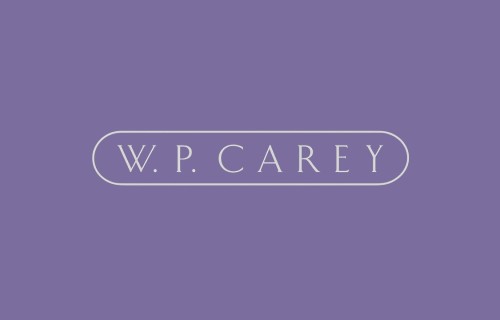
Three key areas essential for a successful tax automation strategy
Look ahead and strategically think about improving key direct tax processes. That is always a good idea. In practice, we all know that a challenging financial close or changes in resources are typically good momentums to reflect. Explore the range of direct tax automation instruments available to address your challenges and prepare for (upcoming) direct tax related obligations.
What do we encounter in our tax automation projects?
To help you in this pursuit, consider these three topics that we encounter in every direct tax automation project, being the importance of:
- processes
- data (quality)
- knowledge
1. The importance of processes
The increasing complexity in the tax world requires the tax function to have a solid grip now more than ever. Certainly you are aware of the increasing importance the OECD and tax authorities place on internal processes. For example, the Pillar Two GIR penalty relief available if reasonable measures have been taken. In this web of complex regulations, data requirements, reporting obligations, and its many stakeholders, your tax activities can easily become entangled and overwhelming.
As you reflect on your year-end close process, it is tempting to immediately dive into direct tax automation to solve the challenges you encounter. However, we always invite companies to pause and take a step back. What is your tax function’s vision and roadmap? What are the interests of other internal stakeholders, and what projects are about to start where tax is involved? Take time to determine where and when automation should step in. Once you have identified this, look at the available human and IT resources, and considerately choose the software solution(s) that pave(s) your automation path forward.
When starting a tax automation project, we always begin with the process. This groundwork is essential to identify appropriate processes for data input and workflow.
2. The importance of data (quality)
As with all automation processes, accurate and reliable data is your lifeline to create a value-adding process. This does not mean that it has to be 100% perfect the first time. Automation alone is not a silver bullet, and it first requires effort to reap the benefits. One of these efforts is to determine the quality of your data, its location, and how it shapes your tax processes. This will reveal insights on areas for improvement and allow you to swing further from operational activities towards high-value activities. For instance, perhaps you need more manual input or checks first.
Think about how you can permanently increase your data quality. This will put you in a position where you are no longer tied up with checking if the numbers that are used in your e.g. tax provisioning calculations (NOL/DTA/DTL/etc.) make sense. Instead, you can focus more on the output itself and analyze trends, identify risks, and optimize tax positions, transforming the tax function into a business enabler.
Often, this is where Business IT, Finance and Tax find each other, by working towards one shared set of data where everyone recognizes this will make their life easier. Use this common ground to schedule regular data audits and implement governance policies to keep your data clean and dependable.
3. The importance of knowledge
As tax people, we understand what it takes to stay up to date, and why it matters. You need to keep your knowledge level up to par. Other stakeholders in your tax function’s processes also need a certain level of knowledge. Roughly, you can divide this into two aspects: knowledge about tax (content/process) and knowledge about the software solution used. It helps to learn the ‘why’ behind the process, and how resources are utilized to work smartly.
Designing a process and setting up the right software only gets you so far. It’s the people using it who make the difference. In your approach, include the level of knowledge all stakeholders should have. This means investing in developing tax and software knowledge with training and workshops, but also a plan to maintain this level through support models and regular updates. A gradual approach rather than a big bang is often a key element in the change management process and roll-out plan.
To conclude
Process, data (quality), and knowledge are just three areas of importance. Getting started with direct tax automation can be overwhelming in scope and for all stakeholders involved. It doesn’t have to be, and it’s also a lot of fun. Take small, manageable steps to build momentum. There are many angles to demonstrate the benefits of automation, such as starting with a requirements workshop, a pilot project (proof of concept), or identifying your most pressing process.
Whatever you do, just start and allow yourself to learn, refine as you go, and address any challenges to build a foundation for an automated and optimized tax function.
Of course, Taxvibes is here to help you and make it fun for all involved. Like we did with our 60+ customers. Please visit our cases for inspiration.
More cases & news

A Success Story at Almatis
For this article, we had the pleasure of interviewing Evelien de Kruijff, Global Tax Manager, at Almatis. Evelien plays a pivotal role in navigating the complex world of taxation. For the past eight years, she has been the sole guardian of Almatis’ tax affairs, overseeing everything from transfer pricing to tax positions across the globe. With Almatis operating internationally across various time zones, Evelien’s role is as diverse as it is demanding.

Automated tax reports at W.P. Carey
Real estate company W.P. Carey has to provide separate tax reports for over 250 entities in 30 countries. The multinational company wants to make its tax processes less labor intensive and less time consuming. The Anaplan Tax App replaces 250 Excel-spreadsheets, which makes the processes faster and more stable.

